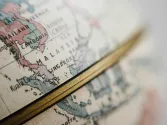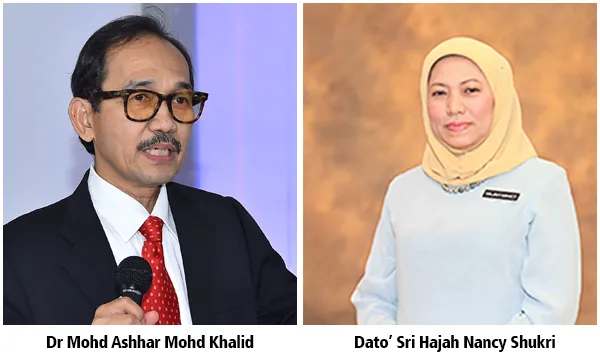
Outdated regulations hamper Malaysia from making its nuclear ambition happen
Current policies are behind the times and technology.
Malaysia has all the makings of a nuclear haven, except a robust and supportive regulatory environment as a new and comprehensive nuclear law is still lacking, and the current policies are already behind the times and technology.
Rapidly industrialising Malaysia has a long history as a nuclear player, but it is yet to convert its 45-year relationship flirting with the idea of harnessing nuclear power into a functioning, operational industry.According to the World Nuclear Association, Malaysia produced 147TWh gross in 2014, 74TWh (50%) of this from gas, 56TWh (38%) from coal, 13TWh from hydro and 3.5TWh from oil.
Malaysia enjoyed almost 30GWe installed capacity in 2013, 51.8% of this gas and 25.8% coal.
Government policy is geared to reduce reliance on natural gas by building coal-fired capacity, and further coal-fired plants are in the pipeline. However, the role for renewables and nuclear is bound to expand, by necessity if for no other reason.
A stellar report card
In January 2011, the Malaysia Nuclear Power Corporation was established to control and develop and launch the Peninsula’s first nuclear power plants (NPP). 2021 was set for the nation’s first operational NPP, with a second being added a year later.
These relatively ambitious but also (at the time) achievable goals were set under guidelines originally established by the IAEA (Nuclear Energy Program Implementing Organisation). Two months later, Fukushima happened and the original timetable was pushed to 2030. The country’s plans to have in place three to four nuclear reactors providing 10 to 15% of Malaysia’s electricity needs by 2030 continue to remain unrealistic.
However, it is not all doom, gloom and delays for proponents of the nuclear industry. At the recent 8th Nuclear Power Asia conference in Kuala Lumpur, Minister in the Prime Minister’s Department, the Honourable Dato’ Sri Hajah Nancy Shukri struck a far more positive tone, stating that her nation is, “laying a strong foundation for a sustainable national infrastructure to render governmental, legal, regulatory, managerial, technological, human and industrial support for the nuclear programme throughout its life cycle.” Dato’ Nancy continued that the government is completely committed to further exploring nuclear as an alternative energy source and to establishing a “new, comprehensive nuclear law.”
Just early this year, the very encouraging IAEA report on Malaysia’s basic readiness was impeccably timed the day prior to the opening of Nuclear Power Asia. On 6 March, Minister Dato’ Nancy received the final report of the Integrated Nuclear Infrastructure Review for phase one of three. The INIR, released highly positive indicators, confirming that Malaysia is “thoroughly prepared and has developed a considerable base of knowledge to make an informed decision about introducing nuclear power.”
Dato’ Nancy revealed that the report makes five recommendations (primarily calling for greater government commitment and enhancing public awareness) and ten suggestions for areas of improvement but also listed the good practices that Malaysia should share with other emerging nations. Recognising public appetite or information and deeper engagement, the Minister added that, “We need to address a deep-rooted stigma and negative perceptions on nuclear energy etched in the hearts and minds of our public.”
A nation poised
The question remains the same: Will such positive strides convert to nuclear power being added to the energy mix anytime soon? Whilst it is accepted that the nuclear industry includes both power and non-power applications, it is nuclear energy that is most necessary in the growing kingdom.
The agencies and stakeholders are in place: The Malaysian Nuclear Power Corporation, the MNPC, for instance, is mandated to spearhead the development of the first nuclear power programme, whilst Malaysian Nuclear Agency, often referred to simply as “Nuclear Malaysia”, and other relevant stakeholders are working together to support the nuclear development programme, with nuclear power added to the energy mix the most prized goal.
Nonetheless, according to Dhana Raj Markandu, head of nuclear power project development, Malaysia has not yet made a decision on utilising nuclear energy for electricity generation. A generation ago, when oil reserves were discovered in Malaysia, the idea of nuclear power was put on hold and many of the activities revolving around nuclear power was scaled down to the research and development level. Alternative applications of nuclear energy in industry, medical, agriculture and the environment including development of services and commercialisation of the technology were emphasised over power generation.
Leading senior voice in Malaysian nuclear, newly-appointed director-general of the Malaysian Nuclear Agency, Dr Mohd Ashhar Mohd Khalid, agreed with describing a nation poised to take on nuclear power generation. “Nuclear Malaysia is ready to provide technical support in the event that the country is to embark on a nuclear power programme. More than 30 years’ experience in operating and maintaining a nuclear research reactor has given a very good insight towards the technology.”
Where do we go now?
Despite recent positive overtures from the IAEA, Malaysia has pushed its expected date to roll-out an operational NPP back to 2030. Nonetheless, the director-general, explained that the current non-existence of an operational plant does not mean that Malaysia does not already have a nacent industry. “Nuclear industry involves both power and non-power applications.” The Malaysian Nuclear Power Corporation is under statutory mandate to develop a nuclear power programme, while Nuclear Malaysia (the agency that is headed by Dr Ashhar) and other relevant stakeholders are working together to support the programme in various ways according to their roles and functions.
“There are issues and challenges in ensuring the success of this programme, namely public acceptance, knowledge and human resource management, financial and industrial infrastructure readiness, safety and security, waste management, legislation, regulatory, et cetera,” explained Dr Ashhar. To address these challenges, IAEA has provided practical guidelines for newcomer countries to adopt in planning such a big task.
This has assisted major stakeholders carry out their roles. Markandu agreed with his senior nuclear colleague and said, “More information can be disseminated to the public regarding the advantages and limitations of all the various sources of electricity currently being used and the role that each of them plays. This will help promote greater appreciation the various factors to be considered for electricity generation, namely economics and affordability, security and diversity as well as the environment.”
Despite the Malaysian government’s claim that it hopes to generate figures close to 5% economic growth this year, low fuel prices are hampering the energy-generating powerhouse’s ability to expand according to Markandu.
Lack of competitiveness
“One of the challenges faced is the apparent lack of economic competitiveness of nuclear energy in the current environment of low fossil fuel prices. In this context however, the solution is to recognise that nuclear energy is a long-term option and that it is impossible to predict the volatile costs of fossil fuels on that timescale.”
According to Markandu, the adoption of nuclear energy, along with the deployment of other (renewable) energy sources, should be viewed from the parallel perspectives of decarbonising the energy sector and diversifying the national energy mix. As with most elements of the nuclear debate, the long-term outlook must prevail.
Whilst the dual challenges of overcoming negative public perception and low fossil fuel energy costs exist, Dr Ashhar is adamant that Malaysia can take the lead, at least in the region, regarding alternative applications of nuclear technology.
“More countries are expressing interest and planning to use nuclear energy for electricity generations in the future including the use of nuclear technology for non-power applications which will present great opportunities,” he said. In terms of nuclear power generation, scaling down in order to reach the goal of going nuclear sooner rather than later, seems to be the name of the game.
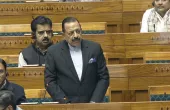
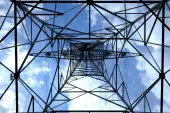
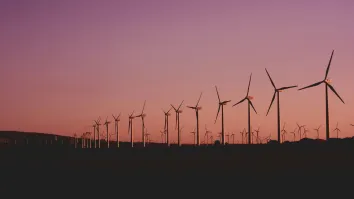
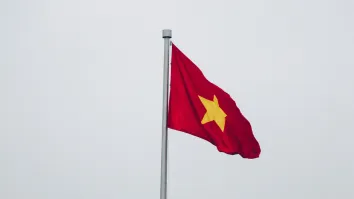
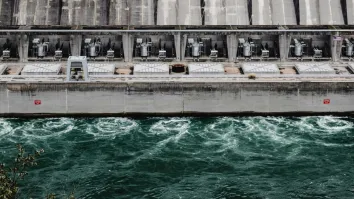
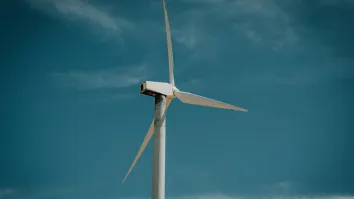













 Advertise
Advertise


